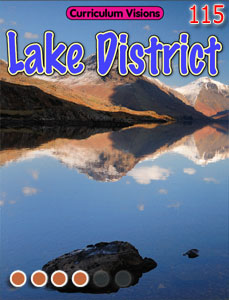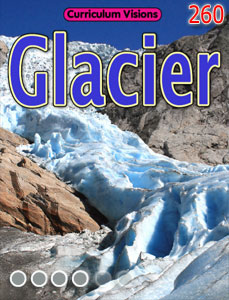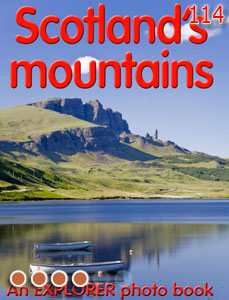Boulder clay is the name of the rock material carried at the bottom of a glacier or ice sheet, and left behind as 'stony soil' after the glacier or ice sheet melts away.
The material contains both boulders (meaning anything from stones upwards) and clay (very fine material) because of the way a glacier works. When ice moves over rock it tends to freeze to it. But the ice is also moving, so the ice pulls at the rock, often pulling pieces away. It then keeps them frozen to its underside. But these rocks stick out, so they scrape against more rock, making the clay.
The material is all mixed up. This is quite unlike a river, where the water sorts out the different kinds of sizes.
Boulder clay is also called till.
Boulder clay makes many of the fertile soils on places where ice sheets used to be, for example over half of North America and three quarters of the UK. However, because of the clay, they are 'heavy soils' and may need draining. It is for this reason that they were avoided by ancient peoples, and have only been used since better ploughs were invented.







